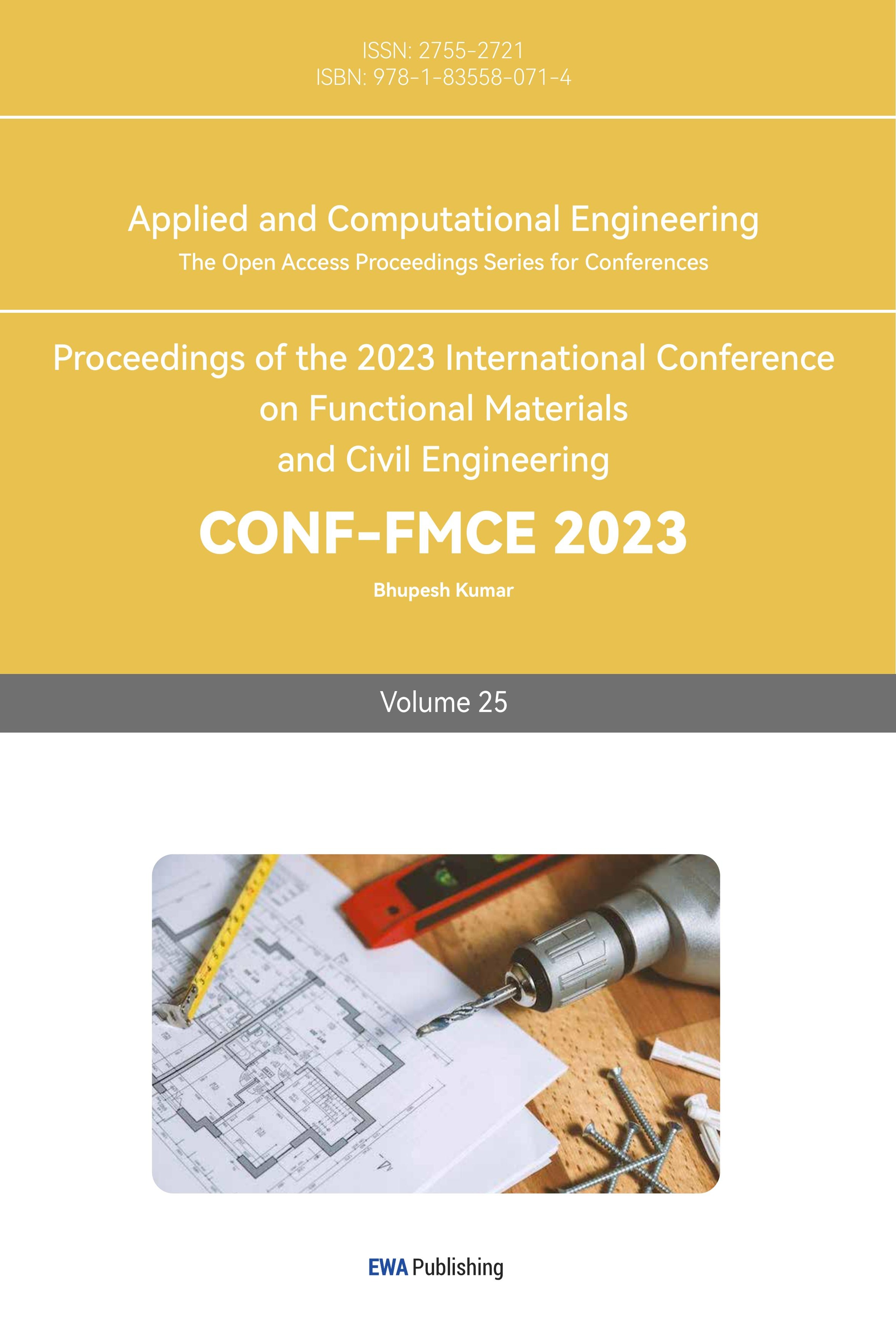References
[1]. Zhou, C. et al. (2022) Comparison between the dynamic characteristics of electric pump fed engine and expander cycle engine. Beijing, China: Beihang University.
[2]. Soller, S., Boronine, E., Kniesner, B., & Wiedmann, D. (2014). Thrust chamber technology investigation for expander-cycle engines. In Space Propulsion Conference.
[3]. Sippel, M., Herbertz, A., Burkhardt, H., Imoto, T., Haeseler, D., & Götz, A. (2003). Studies on expander bleed cycle engines for launchers. In 39th AIAA/ASME/SAE/ASEE Joint Propulsion Conference and Exhibit (p. 4597).
[4]. Kwak, H. D., Kwon, S., & Choi, C. H. (2018). Performance assessment of electrically driven pump-fed LOX/kerosene cycle rocket engine: Comparison with gas generator cycle. Aerospace Science and Technology, 77, 67-82.
[5]. Davis, J., Campbell, R., Davis, J., & Campbell, R. (1997). Advantages of a full flow staged combustion cycle engine system. In 33rd Joint Propulsion Conference and Exhibit (p. 3318).
[6]. Bumb, A., & HAWK, C. (1993, June). History of staged combustion cycle development. In 29th Joint Propulsion Conference and Exhibit (p. 1939).
[7]. Kwak, H. D., Kwon, S., & Choi, C. H. (2018). Performance assessment of electrically driven pump-fed LOX/kerosene cycle rocket engine: Comparison with gas generator cycle. Aerospace Science and Technology, 77, 67-82.
[8]. Stechman, C., Woll, P., Fuller, R., & Colette, A. (2000, July). A high-performance liquid rocket engine for satellite main propulsion. In 36th AIAA/ASME/SAE/ASEE Joint Propulsion Conference and Exhibit (p. 3161).
[9]. Casiano, M. J., Hulka, J. R., & Yang, V. (2010). Liquid-propellant rocket engine throttling: A comprehensive review. Journal of propulsion and power, 26(5), 897-923.
[10]. Huzel, D. K., & Huang, D. H. (1967). Design of liquid propellant rocket engines (No. NASA-SP-125).
[11]. Huzel, D. K. (1992). Modern engineering for design of liquid-propellant rocket engines (Vol. 147). AiAA.
Cite this article
Mao,M. (2023). Research on the comparative analysis of thrust and specific impulse performance - different cycle types of liquid rocket engines. Applied and Computational Engineering,25,261-266.
Data availability
The datasets used and/or analyzed during the current study will be available from the authors upon reasonable request.
Disclaimer/Publisher's Note
The statements, opinions and data contained in all publications are solely those of the individual author(s) and contributor(s) and not of EWA Publishing and/or the editor(s). EWA Publishing and/or the editor(s) disclaim responsibility for any injury to people or property resulting from any ideas, methods, instructions or products referred to in the content.
About volume
Volume title: Proceedings of the 2023 International Conference on Functional Materials and Civil Engineering
© 2024 by the author(s). Licensee EWA Publishing, Oxford, UK. This article is an open access article distributed under the terms and
conditions of the Creative Commons Attribution (CC BY) license. Authors who
publish this series agree to the following terms:
1. Authors retain copyright and grant the series right of first publication with the work simultaneously licensed under a Creative Commons
Attribution License that allows others to share the work with an acknowledgment of the work's authorship and initial publication in this
series.
2. Authors are able to enter into separate, additional contractual arrangements for the non-exclusive distribution of the series's published
version of the work (e.g., post it to an institutional repository or publish it in a book), with an acknowledgment of its initial
publication in this series.
3. Authors are permitted and encouraged to post their work online (e.g., in institutional repositories or on their website) prior to and
during the submission process, as it can lead to productive exchanges, as well as earlier and greater citation of published work (See
Open access policy for details).
References
[1]. Zhou, C. et al. (2022) Comparison between the dynamic characteristics of electric pump fed engine and expander cycle engine. Beijing, China: Beihang University.
[2]. Soller, S., Boronine, E., Kniesner, B., & Wiedmann, D. (2014). Thrust chamber technology investigation for expander-cycle engines. In Space Propulsion Conference.
[3]. Sippel, M., Herbertz, A., Burkhardt, H., Imoto, T., Haeseler, D., & Götz, A. (2003). Studies on expander bleed cycle engines for launchers. In 39th AIAA/ASME/SAE/ASEE Joint Propulsion Conference and Exhibit (p. 4597).
[4]. Kwak, H. D., Kwon, S., & Choi, C. H. (2018). Performance assessment of electrically driven pump-fed LOX/kerosene cycle rocket engine: Comparison with gas generator cycle. Aerospace Science and Technology, 77, 67-82.
[5]. Davis, J., Campbell, R., Davis, J., & Campbell, R. (1997). Advantages of a full flow staged combustion cycle engine system. In 33rd Joint Propulsion Conference and Exhibit (p. 3318).
[6]. Bumb, A., & HAWK, C. (1993, June). History of staged combustion cycle development. In 29th Joint Propulsion Conference and Exhibit (p. 1939).
[7]. Kwak, H. D., Kwon, S., & Choi, C. H. (2018). Performance assessment of electrically driven pump-fed LOX/kerosene cycle rocket engine: Comparison with gas generator cycle. Aerospace Science and Technology, 77, 67-82.
[8]. Stechman, C., Woll, P., Fuller, R., & Colette, A. (2000, July). A high-performance liquid rocket engine for satellite main propulsion. In 36th AIAA/ASME/SAE/ASEE Joint Propulsion Conference and Exhibit (p. 3161).
[9]. Casiano, M. J., Hulka, J. R., & Yang, V. (2010). Liquid-propellant rocket engine throttling: A comprehensive review. Journal of propulsion and power, 26(5), 897-923.
[10]. Huzel, D. K., & Huang, D. H. (1967). Design of liquid propellant rocket engines (No. NASA-SP-125).
[11]. Huzel, D. K. (1992). Modern engineering for design of liquid-propellant rocket engines (Vol. 147). AiAA.









